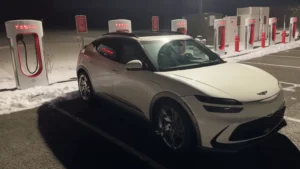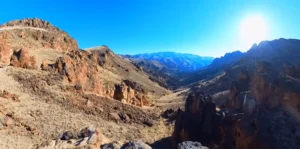RV Camping: The Ultimate Guide for Beginners and Experienced Campers

Introduction
RV camping, also known as recreational vehicle camping, offers a unique and immersive way to explore great outdoor destinations. Whether you’re a seasoned traveler or a beginner, hitting the road in an RV can be an exciting and rewarding adventure. Here we try to guide you about RV camping and explain everything from choosing the right RV to finding the perfect camping destination.
Chapter 1: Planning Your RV Adventure
Planning is the key to a successful RV camping experience. The essential steps of trip planning, include:
Chapter 2: Types of RVs
Before you start planning your RV camping trip, it’s essential to understand the different types of RVs available in the market. RVs, come in various types, each offering unique features and benefits to cater to different preferences and needs. Here are some of the most common types of RVs helping you choose the perfect RV that suits your needs, budget, and lifestyle.
Class A Motorhome
These are the largest and most luxurious RVs, often resembling a bus. They offer spacious interiors, multiple slide-outs, and all modern home amenities like a full kitchen, bathroom, bedroom, living area, entertainment systems, and often washer/dryer units. It is ideal for extended vacations, full-time living, and those looking for luxury and space.
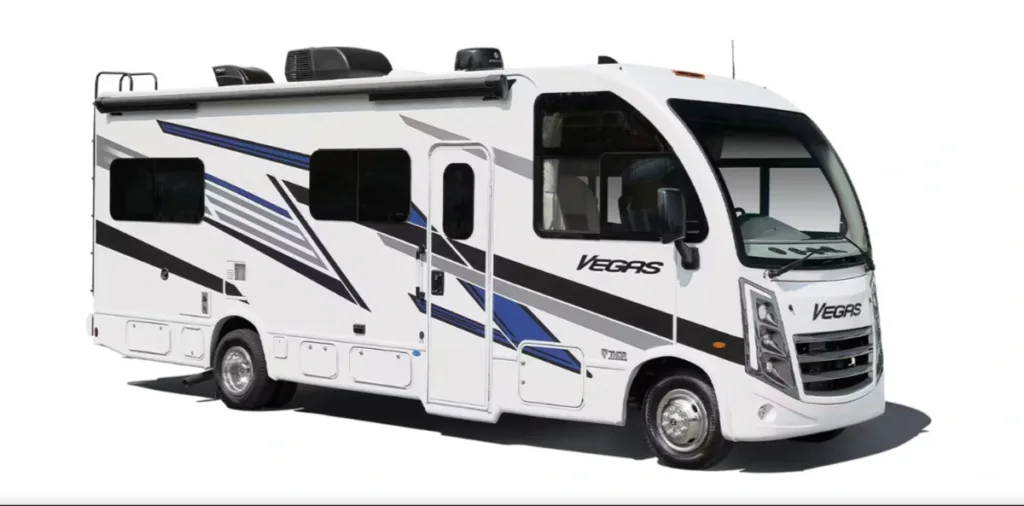
Class B Motorhome (Camper Van)
They are compact and resemble oversized vans. They are easier to maneuver and park compared to larger RVs and have amenities like a basic kitchenette, sleeping area, and small bathroom facilities. it’s ideal for Couples or solo travelers who prefer a more compact and efficient RV experience.
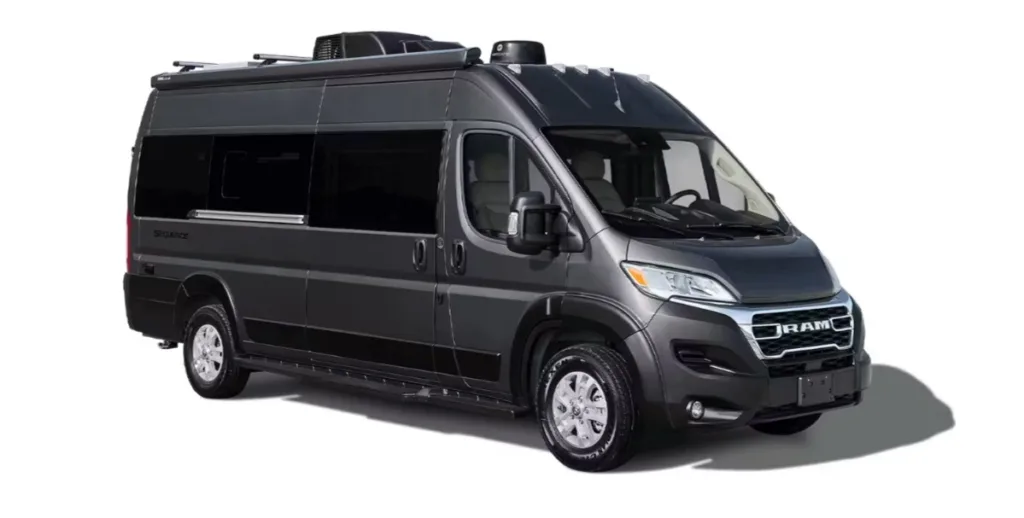
Class C Motorhome
They are built on a truck or van chassis with an attached cab-over bunk. They offer a good balance of space and maneuverability. They have amenities of a kitchen, bathroom, sleeping areas, and often a living space. It is ideal for Families, small groups, and those who want a comfortable but more affordable RV option.
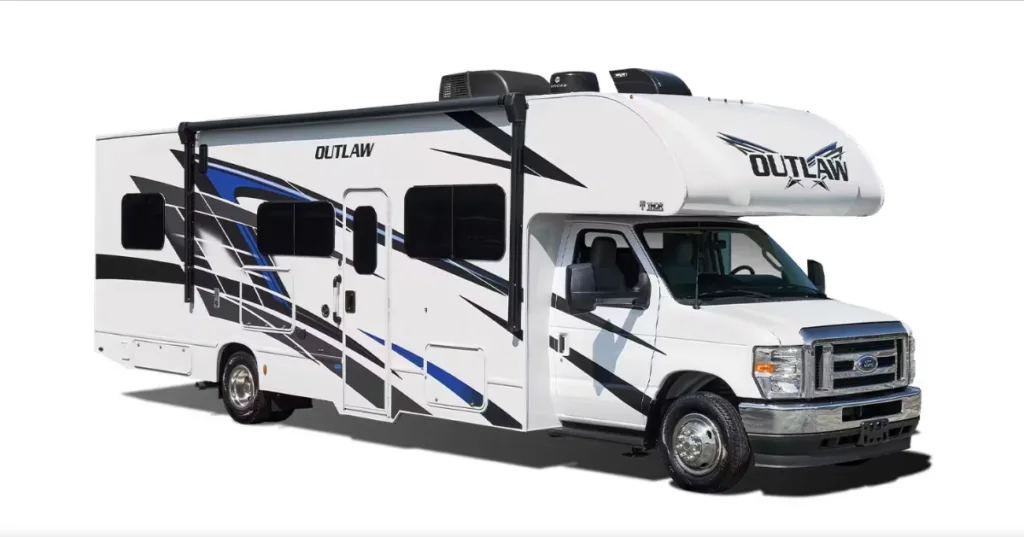
Travel Trailer
Travel trailers are towable RVs that come in various sizes and floor plans. They can be pulled by a truck or SUV and have amenities of a Kitchen, bathroom, sleeping areas, and sometimes slide-outs for added space. They are ideal for families, couples, and individuals who prefer the flexibility of a towable RV.
Fifth-Wheel Trailer
They are also towable RVs, that require a pickup truck with a special hitch. They often have two levels and are spacious. They have amenities Similar to travel trailers, they offer full amenities, including a kitchen, bathroom, and sleeping areas. They are ideal for those who are seeking spacious and well-appointed RVs, often chosen for long-term or full-time living.
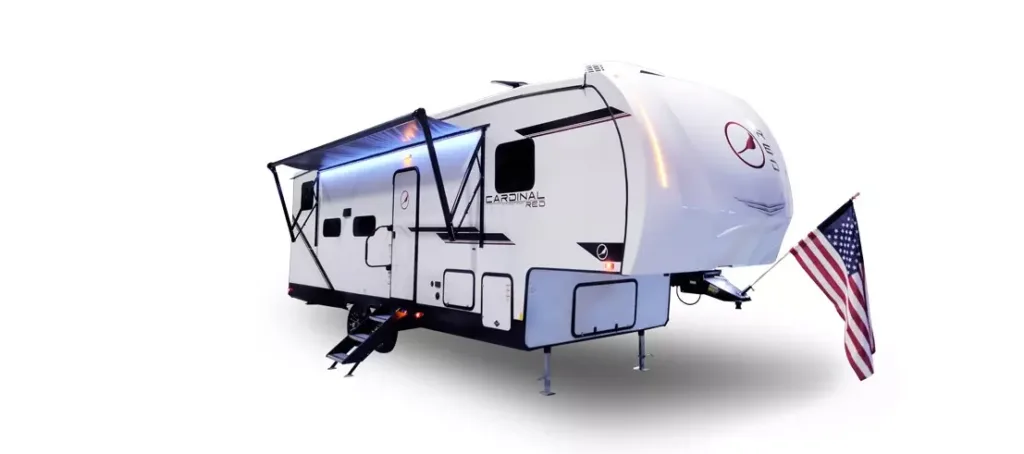
Pop-Up Camper (Folding Trailer)
Pop-up campers are lightweight and compact when towed, and when expanded become comfortable living spaces when set up. They have amenities of a basic kitchenette and sleeping area. Some models include a small bathroom. They are ideal for budget-conscious campers, couples, and families who enjoy a more rustic camping experience.
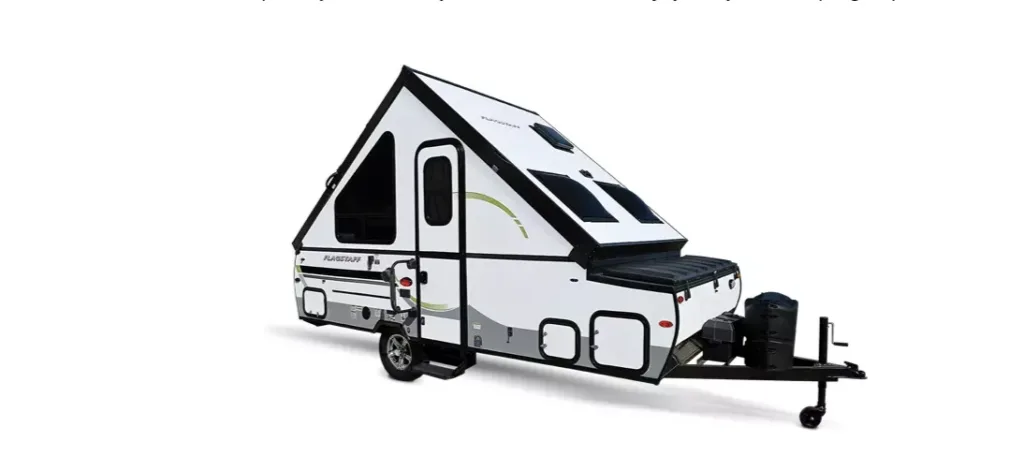
Truck Camper
Truck campers are loaded onto the bed of a pickup truck. They are compact and versatile, allowing you to tow other vehicles. They have amenities like a basic kitchen, sleeping areas, and sometimes a small bathroom. They are ideal for adventurous travelers and those who want to tow boats or ATVs behind their trucks.
Toy Hauler
Toy haulers combine living quarters with a built-in garage space to carry motorcycles, ATVs, or other recreational vehicles. They have amenities like a Kitchen, bathroom, sleeping areas, and a garage area. They are ideal for outdoor enthusiasts who want to bring their toys along on adventures.
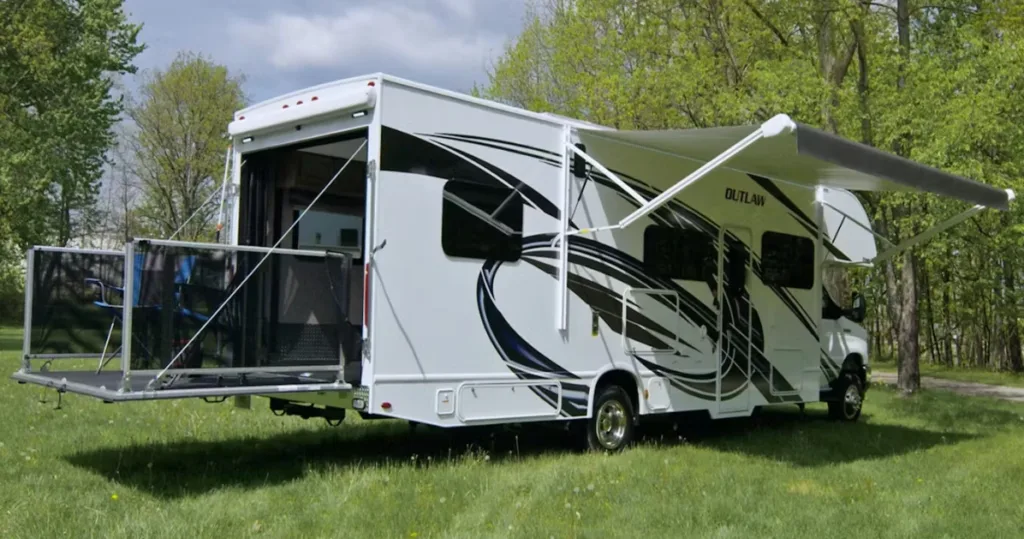
Hybrid Trailer
Hybrid trailers blend hard walls with expandable tent-like sections, providing more sleeping space while remaining lightweight. They have amenities of a Kitchen, bathroom, sleeping areas, and expandable sleeping bunks. They are ideal for families or groups who want a lightweight trailer with extra sleeping capacity.
Chapter 3: Packing Essentials For RV Trips
Packing efficiently for your RV camping adventure can make your trip more enjoyable. Covering everything from kitchen essentials and camping gear to safety items and entertainment options. Plus, we’ll share tips on maximizing storage space in your RV.
1- Documentation and Essentials
Driver’s license, vehicle registration, insurance documents, RV owner’s manual & maintenance records, Roadside assistance information, Emergency contact numbers, and medical information.
2- Kitchen Supplies
Cookware (pots, pans, & oven-safe dishes), Utensils, including knives, spatulas, serving spoons, Plates, bowls, cups, Cutlery, can opener, Measuring cups & spoons, Mixing bowls & a colander, Food storage containers & plastic bags, Coffee maker or kettle, Toaster/toaster oven, Cleaning supplies (dish soap, sponge, dishcloth, and towels), Trash bags and recycling bins.
3- Bedding and Linens
Sheets, Pillows, pillowcases, blankets, Towels (bath, hand) Kitchen towels, dishcloths, Sleeping Bags, and extra blankets for chilly nights.
4- Toiletries and Personal Items:
Toilet paper designed for RVs (dissolves easily), Shampoo, conditioner, body wash, Toothpaste/brushes, floss, Hairdryer
5- First-Aid Kit
A first-aid kit with essentials like bandages, antiseptic, pain relievers, Prescription medications and any necessary medical supplies, Sunscreen, insect repellent, and Personal hygiene products must be present in your RV.
6- RV Maintenance and Tools:
Tire pressure gauge and tools for checking and inflating tires, RV-leveling blocks/pads, Wheel chocks to secure the RV in place, Basic toolkit with screwdrivers, wrenches, pliers, multi-tool, Duct tape, zip ties, lubricants for quick repairs, Sewer hose and connectors for emptying waste tanks, Water hoses for freshwater connection, Electrical adapters, and extension cords.
7- Outdoor and Recreational Gear
Camping chairs and a folding table for outdoor dining, BBQ grill, portable stove for cooking outside, Outdoor rug or mat to keep dirt out of the RV, Fishing gear, if you plan to fish, Hiking boots, and outdoor clothing.
8- Safety Equipment:
Fire extinguisher and smoke detectors, Carbon monoxide detector, RV-specific GPS or navigation system, Flares and emergency road signs, and Basic tool kit for minor RV repairs.
9- Entertainment and Electronics
RV entertainment system, if available, Portable DVD player, streaming device, Board games, cards, books for downtime, Laptop/tablet.
10- Food and Supplies:
Non-perishable pantry staples like canned goods, pasta, snacks, Fresh produce, Water jugs or a water filtration system, a Cooler or refrigerator for keeping perishables cold, and Pet supplies if you’re traveling with pets to RV camping.
11- Miscellaneous:
Remember that the packing list may vary depending on the length of your trip, your destination, and personal preferences. Make a checklist and double-check that you have all the essentials before hitting the road. With careful planning, you’ll be well-prepared for a fantastic RV camping adventure.
Chapter 4: Setting Up Your Campsite
Arriving at your campsite is just the beginning. Setting up your campsite for an RV trip is crucial for a comfortable and enjoyable experience. Here are the steps involved:
Chapter 5: RV Maintenance and Safety
Keeping your RV in good shape and ensuring your safety on the road is paramount. Maintaining your RV and ensuring safety during your travels for a worry-free and enjoyable experience. Here are the key points regarding RV maintenance and safety:
Maintenance Checks:
Safety Tips for RV Travel:
Chapter 6: Cooking and Dining in Your RV
Eating well is an essential part of any camping trip. Discover below delicious RV camping-friendly recipes and tips for efficient meal planning and storage:
- One-pot meals, grilling, and foil-packet cooking are efficient cooking methods.
- Breakfast burritos and salad in a jar are convenient meal options.
- Slow cookers and RV-friendly appliances simplify cooking.
- Efficient meal planning, compact kitchenware, and storage solutions are essential.
- Outdoor dining and exploring local cuisine enhance the experience.
- Prioritize safety and enjoy the adventure of RV cooking.
Chapter 7: RV Campground Etiquette
Being a considerate camper enhances the experience for everyone. Learn about RV campground key etiquette guidelines:
Chapter 8: RV Camping Destinations
The United States boasts a multitude of RV camping-friendly destinations. Explore some of the most iconic national parks, scenic routes, and hidden gems for RV camping. Here are some of the remarkable RV camping destinations in the United States:
These destinations offer diverse experiences, from natural wonders to historical sites, making RV camping in the U.S. an unforgettable adventure.
Chapter 9: Staying Connected on the Road
In our increasingly connected world, staying connected while RV camping is a priority for many travelers. Discover ways to access the internet, stay in touch with loved ones, and work remotely from your RV.
Chapter 10: Tips for First-Time RV Campers
If you’re new to RV camping, this chapter is tailored just for you. We’ll provide additional tips and insights to help you navigate your first RV camping adventure with confidence and ease. Here are some tips for first-time RV campers:
Conclusion
RV camping is a fantastic way to explore the world, connect with nature, and create lasting memories. Whether you’re planning a short weekend getaway or an extended road trip, this comprehensive guide has equipped you with the knowledge and tools needed to embark on a memorable RV camping journey. Embrace the open road, experience the joy of camping, and enjoy the comforts of home—all from the comfort of your Recreational Vehicles RVs. Safe travels! and have experience of another life through RV camping.
